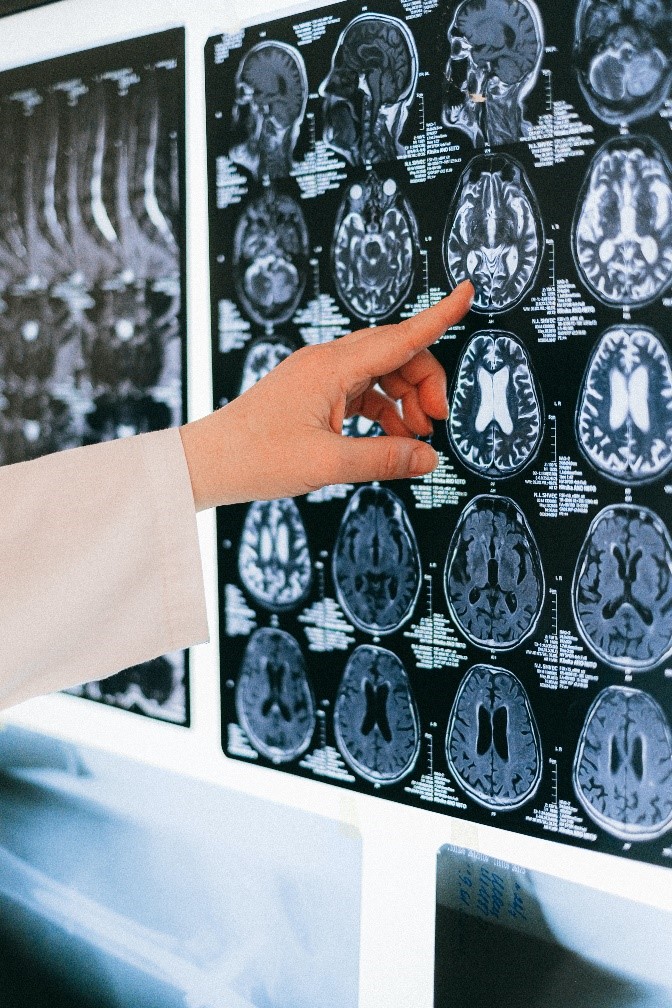
The human brain is the most complex yet vulnerable organ of the body. Traumatic Brain Injury, or TBI, is the disruption of the brain’s normal functioning. How is it caused? A simple blow or violent hit to the head leads to movement of the within (“SLOSH”) or an object or shrapnel piercing the skull, damaging brain tissue.
According to an estimate, around 15.2 million people in the United States suffer from TBI every year. It is also the root cause of 1.4 million hospital emergencies and 275,000 patients and the cause of 52,000 deaths each year in the United States.
Traumatic Brain Injury is a national health crisis in the US that takes up millions of dollars in the form of medical research and payment for corrective surgical procedures. It is also the most common injury occurring in the sports industry and military domain. From severity to symptoms, TBI affects everybody differently. Some may recover within days, while it may take years for others.
Why Traumatic Brain Injuries Are Dangerous
TBI is caused by direct damage to the head. Unlike many other acute injuries, head injuries call for immediate attention, and anyone having sustained them must be rushed to the hospital.
TBI often causes mass lesions in the localized area of injury, giving room to the production of hematomas (blood clots) and bruising of brain tissues (contusions), all varying with the severity of the injury. This causes inflammation and swelling, disrupting the brain’s “normal functioning” and even causing metabolic changes.
TBI damage can be confined to a single point (focal injury) or encompass a larger area of the brain (diffuse injury). Furthermore, it can occur by penetrative (bullet hitting the head) and non-penetrative means (often, the diagnosis can be delayed when doctors fail to identify symptoms and make a timely diagnosis).
Concussions and contusions are commonly known types of Traumatic Brain Injuries. Other types include brain hemorrhages, intracranial hematomas, Second Impact Syndrome, coup-contrecoup brain injury, penetrating brain injury, and diffuse axonal injury.
Depending on the severity of the injury and the symptoms, even if properly treated, TBI can cause permanent disability and even death.
In his book, When Head Comes Together, David W. Smith, MD, explains these injuries through different real-life examples, but especially from the sports industry and military point of view, as TBI is common among athletes and warfighters.
TBI Symptoms You Need to Know
The functionality of the brain decreases as the severity of the injury increases. While every patient exhibits a unique set of symptoms, they all have the following in common:
Physical symptoms include headaches, seizures or convulsions, double vision – can be blurred, dilation of pupils, fluid leakage from the nose or ears, nausea, and neurological complications like bodily weakness, loss of balance, speech issues, amnesia, limited attention span, etc.
Other symptoms include but are not limited to sensitivity to light, frustration, ringing in the ears, sleep irregularities, etc.
These symptoms are experienced when the injuries are mild. However, severe injuries can lead to coma, paralysis, and death.
TBI Causes a Cumulative and Degenerative Damage
As kids, we got bruised all the time, and it would heal and disappear in no time. But this is not the case with brain injuries–especially TBI. The damage TBIs cause is cumulative and degenerative in nature.
In When Heads Come Together, David W. Smith, MD, talks about chronic traumatic encephalopathy (CTE), a prevalent cause of degenerative diseases among athletes and militants due to a series of untreated and unaddressed TBIs. Athletes need to be careful, especially boxers and MMA enthusiasts; multiple blows to your opponent’s head may seem like a recipe for winning the fight, but it also increases their chances of developing CTE.
When to See a Doctor Regarding TBI?
Traumatic Brain Injury is a common cause of disabilities, deaths, and early retirement in the sports industry. While prevention is definitely better than cure, no matter how careful you are, TBI can be unavoidable under some circumstances.
Do not risk it. In case you sustain an injury to your head, you should seek medical help as soon as possible. Even if a person seems to be doing alright after a head injury, they still need a complete diagnosis.
In When Heads Come Together, David W. Smith, MD, proposes some preventative measures against TBI and effective treatments. The book contains scenarios and real-life incidents as examples to give laypeople an in-depth understanding of the complex medical terms associated with TBI, its prevention, and its cure.
When Heads Come Together is available on Amazon.




























